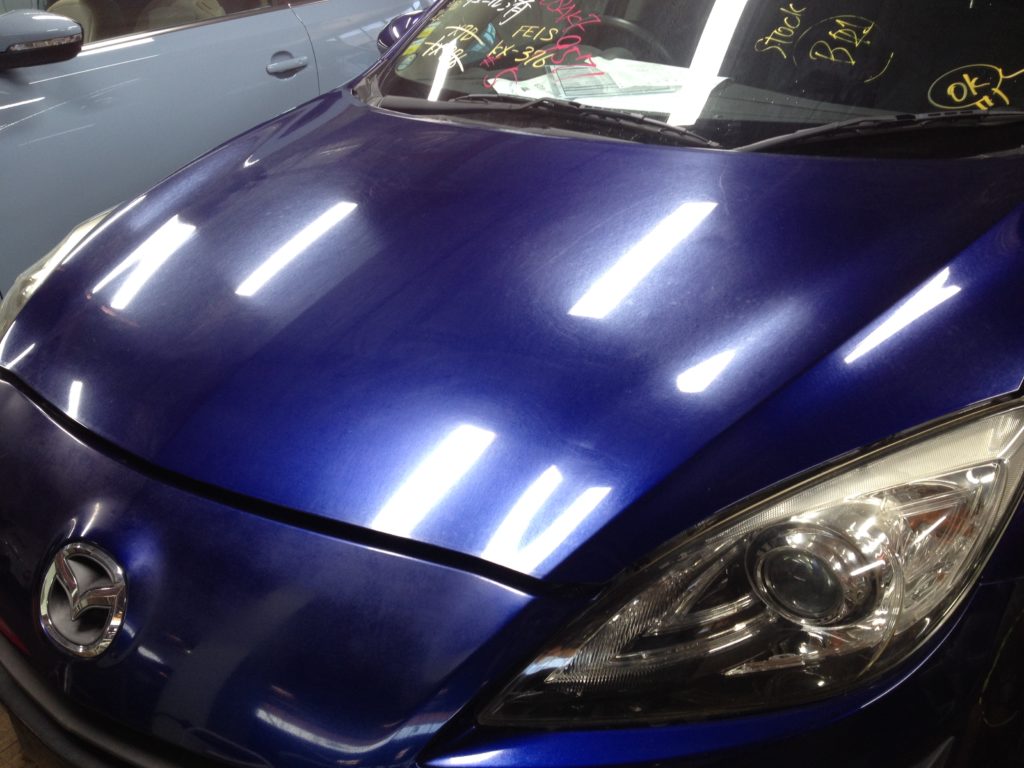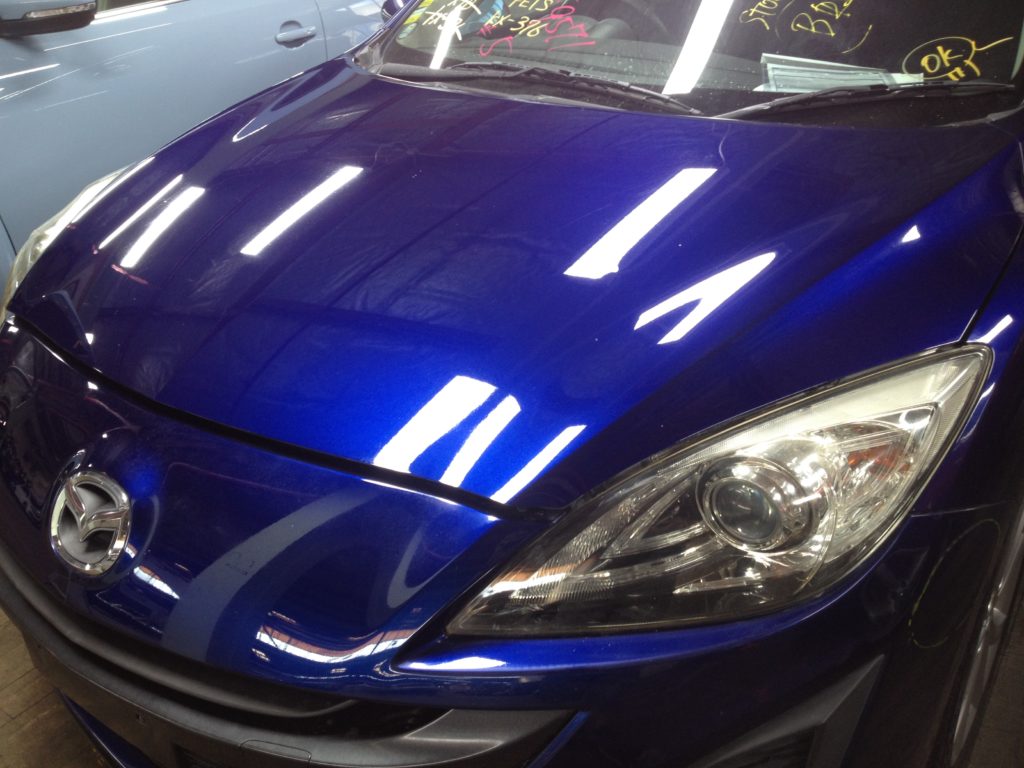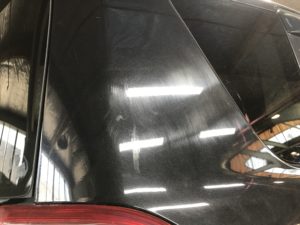Polishing Service
Polishing or buffing has been getting popular among used car dealers in New Zealand. Polishing or cutting makes your car differentiate from other used car dealers. We can polish your cars with various options using our polishing machines.
Polishing and paint correction is one of our main grooming services. For several years, we had worked as a contractor for a large Japanese used car dealer in Wairau, which exhibited many first-class conditions cars. We have been dedicated to providing these services for years, and acquired credibility. From the experiences in this work, I recommend to use polishing or paint correction if you think your cars need to make a difference. It is highly likely that your cars get gloss surface, which attracts your customers eyes even if vehicle prices are higher than average.
These photos show an example of our work. Click image to enlarge
We Offer Various Options !
We understand time is limited and budget is limited. This is why we offer several options in polishing and paint correction. The way or area of polishing or paint correction should be changed depending on conditions of a car, purposes, or budgets. In addition to the following options, we can arrange as per your request, so please feel free to ask us. The following options are examples.
- Partial paint correction
- Two-step paint correction
- Single-step polishing
- Full body paint correction or half-full paint correction
Partial paint correction
Very popular choice!
This option is typically used when the entire body condition is not bad but your car needs to attract customers attention by making specific portions stand out with excellent gloss. For example, if the front section of a car such as the bonnet, A pillar, etc. needs to be more attractive, we can apply two-step paint correction only to the bonnet portion and its surroundings. This effectively works for FR cars such as BMW, Mercedes, Lexus, and so on having a long bonnet. In addition, two-step paint correction might be applied to the upper half of the side portion.
Two-step paint correction
This option is typically used for cars that need heavy cutting. Black cars or dark color cars sometimes require this option. In two-step paint correction, a heavy cutting agent is first used to aggressively cut the surface of the car. Secondly, a finishing compound is used to remove swirl marks and make the surface have flat finish. Then, usually wax sealant is used to make the car have gloss finish.
Single-step polishing
This option is typically used for white or light color cars that require light or moderate polishing.
Full body paint correction
This option is typically used as a preparation step for application of coating.
Half-full paint correction
This option is typically used when the entire body is damaged due to oxidized surface, full of minor scratches, wide areas of towel marks, or the like. If the body surface is in such a state, it is difficult to use the partial paint correction because the boundary between polished portion and un-polished portion stands out significantly. In this option, we usually do not apply cut and polish on the roof portion because the roof portion has a wide area and needs more time to cut and polish, which inevitably leads to an increase in service fees.
Polishing and point correction
Vehicle body surfaces are exposed to the outside world such as rain, wind, sunlight, substances from trees, deposit from birds, nail attack, clothing rubbing, wax, coating, protective agent, oil, car-washing sponge, towel wiping, etc.
As a car grooming provider, we have been experiencing various types of surface conditions. So, what makes your car need polishing or paint correction? Examples of patterns are as follows:
Pattern 1: Entire car looks dull and lack of gloss
Sometimes, a thin film made of water-deposit, etc. is formed on the body surface. Such a film is typically made due to wax residue, oxidation of body surface, coating, oil, etc. Recently, some washing agents include a coating function, saying this function forms a protective film on the body surface and also provides gross finish on the body surface. This, however, may eventually cause this unclear shine surface. But by applying polishing or paint correction, your car can start to shine again.
Pattern 2: Mille-feuille surface
Quick coating agent has been increasingly getting popular. Such agent may be repeatedly applied on a regular basis. At first, this agent can give the car surface nice gloss shine after application. You may be satisfied with the results. After several months, your cars shining is getting faded, so you apply the same agent again “without removing the dirt on the body surface.” Your car starts to shine again. You repeat this process several times, but your car gradually stops shining as you repeat.
This is because the quick coating agent and dirt or other unnecessary substance are alternately layered and accumulated on the body surface. We call such a state a mille-feuille surface. Once the body surface gets this mille-feuille surface, you may need to paint correction of the body surface to obtain the nice gloss shine again.
Tips
When you apply coating in any form, we would highly recommend that dirt or other unnecessary substance should be removed from the surface of the car body before the application of coating.
Pattern 3: Black color or dark color
Pattern 4: Scratches or nail marks
Scratches, dents, towel marks, etc. are typical damages on car body surfaces. In a case of these damages, the scratches or marks go into the body surface.
Pattern 5: Towel marks
[Illustration of body surface]
The problem is that these agents are typically applied without removing dirt or other chemicals accumulated on the body surface, which




